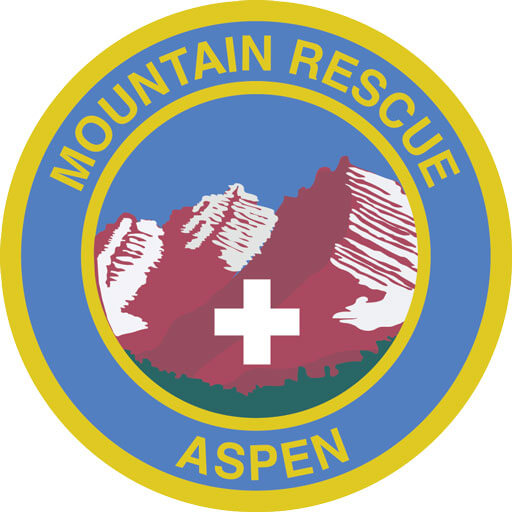Who we are
Who we are
We are a volunteer organization dedicated to saving lives through backcountry rescue and mountain safety education.
We are one of the oldest search and rescue teams in the state. We are accredited through the Rocky Mountain Region of the Mountain Rescue Association. We work as volunteers for the Pitkin County Sheriff’s office; providing search and rescue services in Pitkin County and mutual aid for other counties throughout Colorado.
By the numbers
12 years
average member has been on the team
5 hours
average member volunteers per week
10 members
with more than 25 years of service
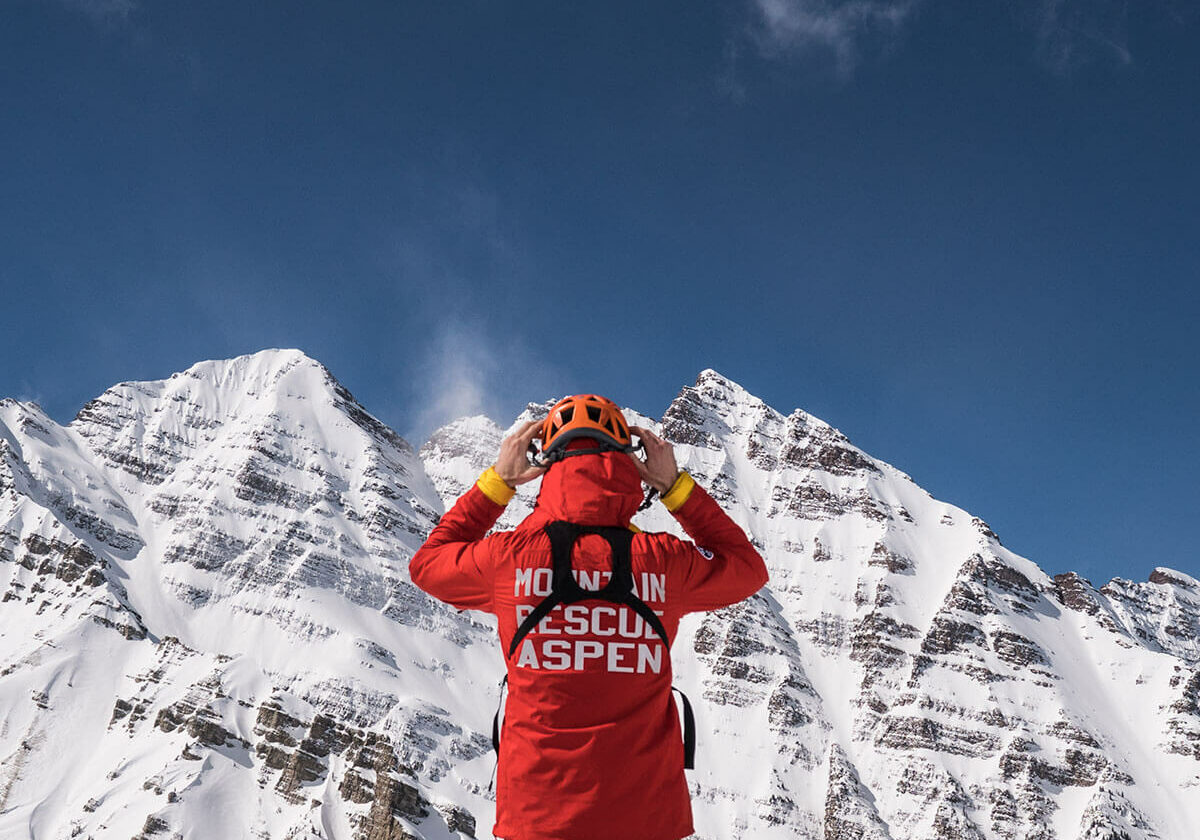
Our dedicated 50-member team
annually donates thousands upon thousands of person-hours serving Pitkin County’s community and visitors. These hours represent time away from families to attend meetings and trainings; educate the public with our annual community avalanche seminar; teach children what to do if they are lost through the national “Hug-A-Tree” program, and of course, engage in search and rescue missions.
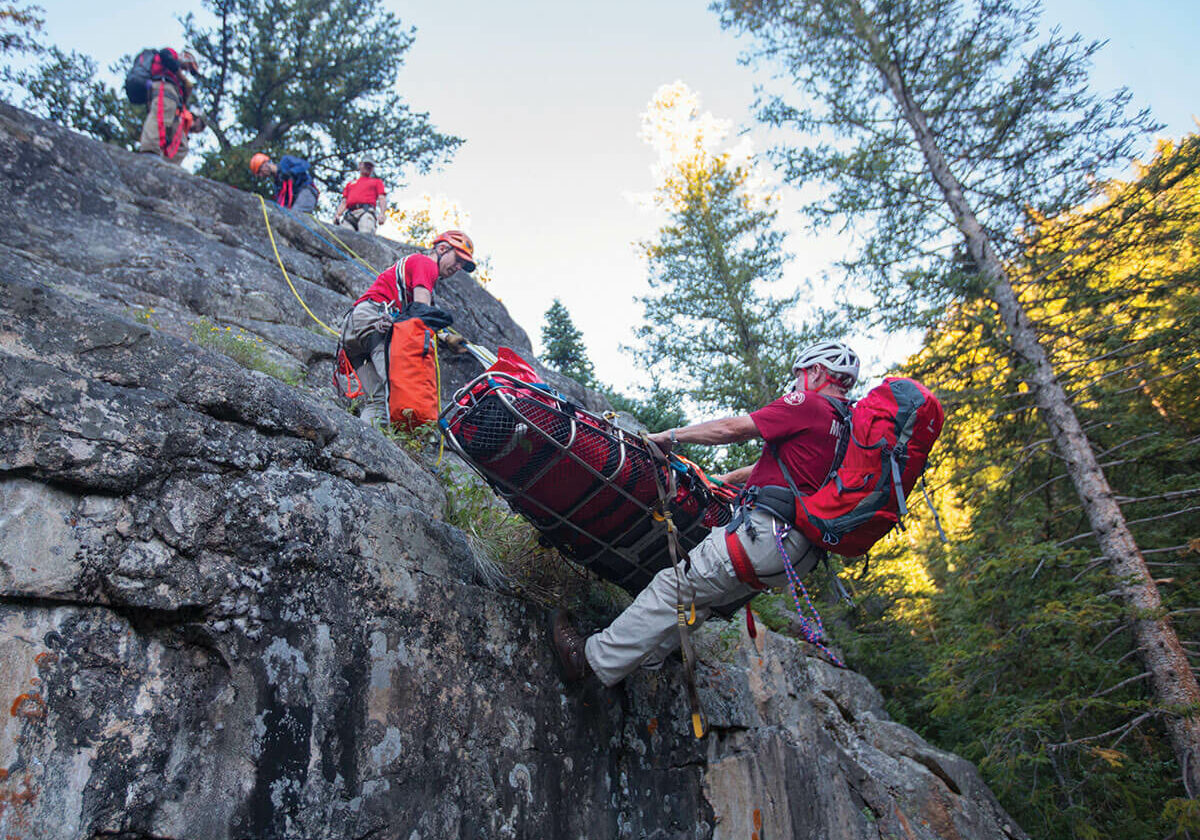
100% unpaid volunteers
Unlike other emergency response agencies such as Police or Ambulance, or even Volunteer Fire, there is no tax base or public budget for Mountain Rescue. We are 100% unpaid volunteers who raise the funding we need each year through the solicitation of public donations and applications for local and state grants.
FAQ's
When was MRA established?
How many rescue calls does MRA respond to a year?
How many members are there?
What kind of a time commitment is Mountain Rescue Aspen?
How is the team funded?
What types of qualifications do team members have?
How long do members stay involved on the team?
How can I help?
C.B. Cameron Rescue Center
It is with great pride and honor that Mountain Rescue Aspen has completed construction on the new C.B. Cameron Rescue Center. Without the dedication of past and present selfless rescuers and donors, this facility would not have been possible. This facility will serve as Mountain Rescue Aspen’s rescue, training and education center.
Who was C.B. Cameron?
In 1977, a plane crash involving the Cameron family occurred in the Capitol Creek drainage. Mountain Rescue Aspen performed the rescue of the family, but unfortunately C.B. Cameron did not survive the crash. The Cameron Family has chosen Mountain Rescue Aspen to say thank you for actions taken so long ago that were never forgotten.
C.B. Cameron was a great individual who by example taught many to always give back and value others. This building was built and dedicated in his honor as a way to allow Mountain Rescue Aspen to further give back to the community.
2023 directors
President: Jordan White
Vice President/Treasurer: Greg Shaffran
Secretary: Nate Rowland
Director of Training: Rob Bordan
Director of Operations: John Zell
Rescue Leader Coordinator: Scott Messina
History
Search and Rescue has a long history in the Aspen area. It started with Team Founder, Fred Braun (of the Alfred Braun Huts) organizing the local mountaineers to help rescue fellow climbers and hikers who had gotten in trouble in the backcountry. Mountain Rescue Aspen began in the early 1960’s, was incorporated in 1965 and became a member of the national Mountain Rescue Association in 1966.

In the early years
horses were commonly used to haul injured or deceased subjects out of the backcountry. The gear and clothing of the day was much heavier than modern day rescuers use. There are stories of evacuations of climbers from the Maroon Bells taking up to 3 days to lower off the mountain and pack out from the base. TLazy7 often provided not only the horses but the man power as well. Three generations of TLazy7 owners have been members of the team and one family member, as well as a local dentist, have been on the team for over 35 years.
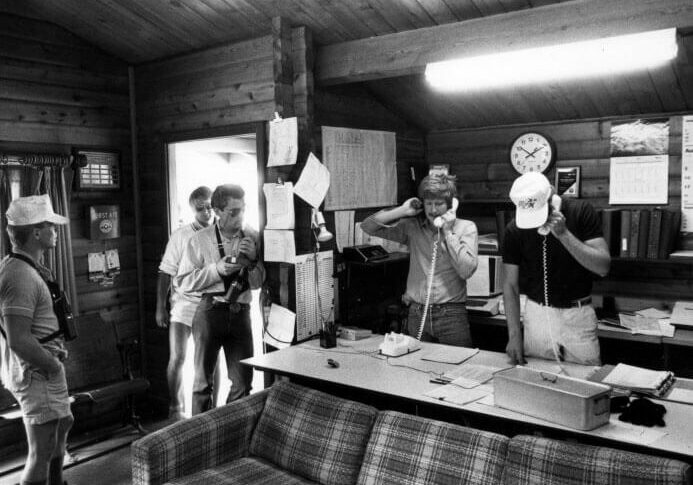
Before pagers
were used to alert the team, members used a telephone tree to contact all the other members. Team Leader, Greg Mace fielded the initial call and called a few members who each had a list of other members to call and so down the line. After the team acquired a few pagers in the mid 1980’s, pager partners were used to notify all of the members. Response was often quite slow by today’s standard before answering machines, cell phones and smart phones. Radios were scarce and rarely worked well in the mountainous terrain. The authorities and family members often did not know how the rescue was progressing until the rescue party showed up at the trailhead.
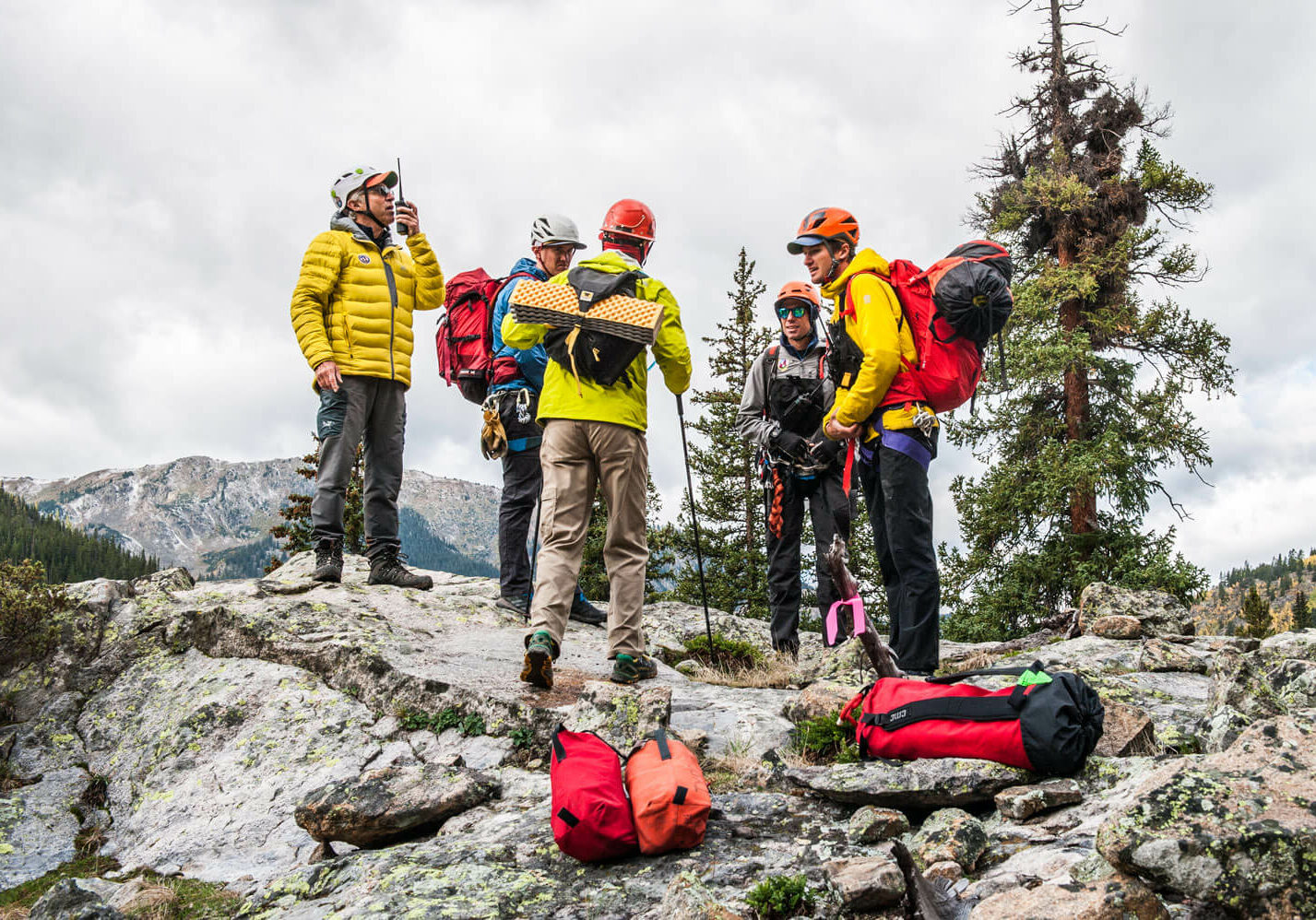
From 1 rescue leader to 16
Mace was the only rescue leader during the 70’s and early 80’s. He trained several other members to fill the rescue leader role. This training proved to be invaluable as he died during a team training on the Maroon Bells several months later. The team now has a slate of 16 Rescue Leaders each taking a few 2-week shifts per year to be the first response and organize the missions. Duties of the on-call Rescue Leader include: gathering information from the Sheriff’s office and reporting party, alerting members, briefing them on the situation and deploying field teams for the mission. Rescue Leaders making up the command staff work under the Incident Commander, a role filled by a Sheriff Deputy.
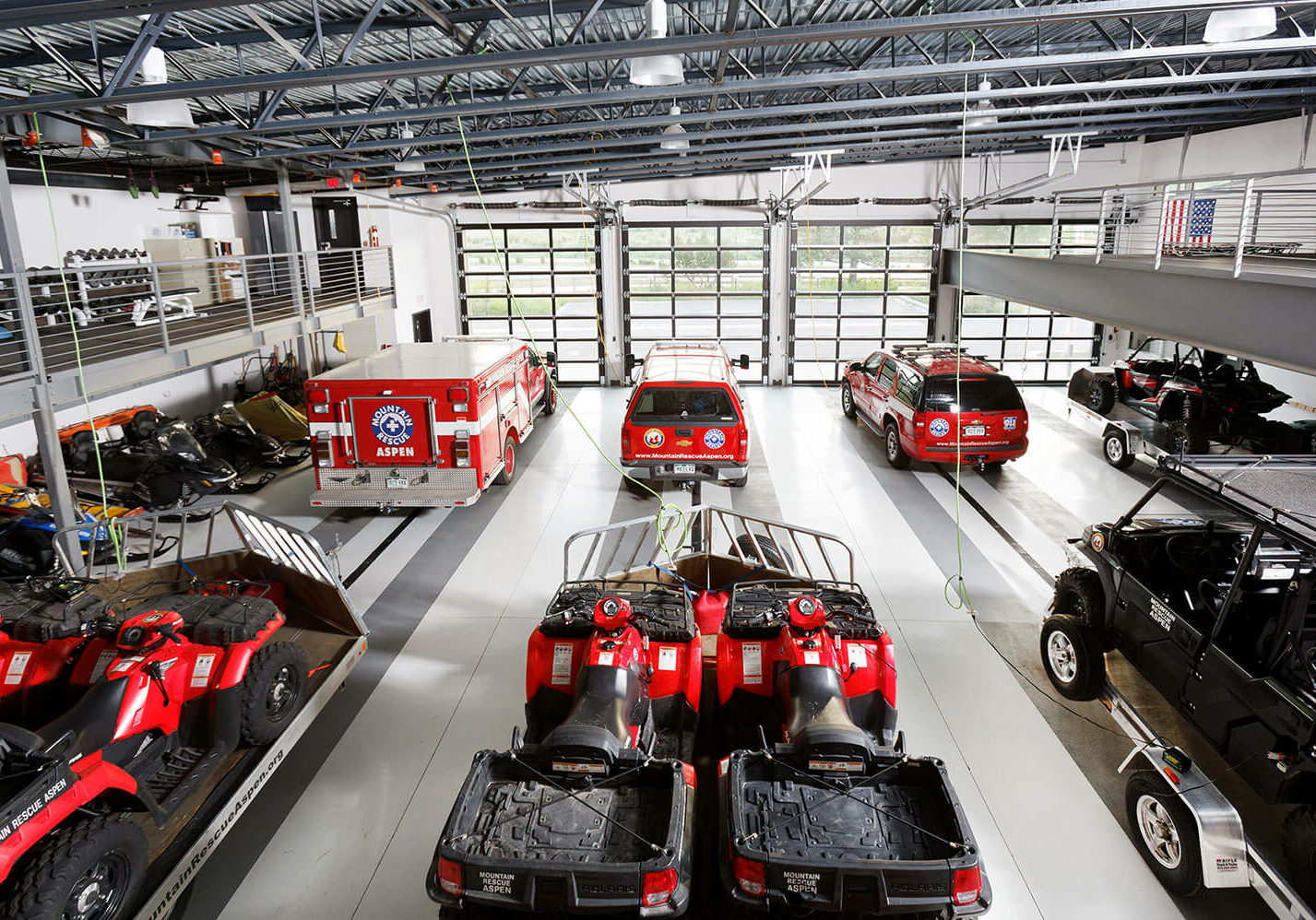
Not publicly funded
Over the years Mountain Rescue Aspen has mostly been funded by donations from the community. Members have always been responsible for purchasing all of their personal and technical gear. The Sheriff’s Office has supported the team over the years, the majority of the funds come from private donations and grants acquired through a variety of foundations and government agencies. Pitkin County generously maintains our vehicles, both on and off road, and helps with our communication needs.

Experience
10 members with more than 25 years of service and several others with more than 20 years on the team. In the late 80’s and early 90’s, there was an influx of committed individuals that have stayed around to become the core leaders of the team. A majority of team members stay on the team for at least 10 years.
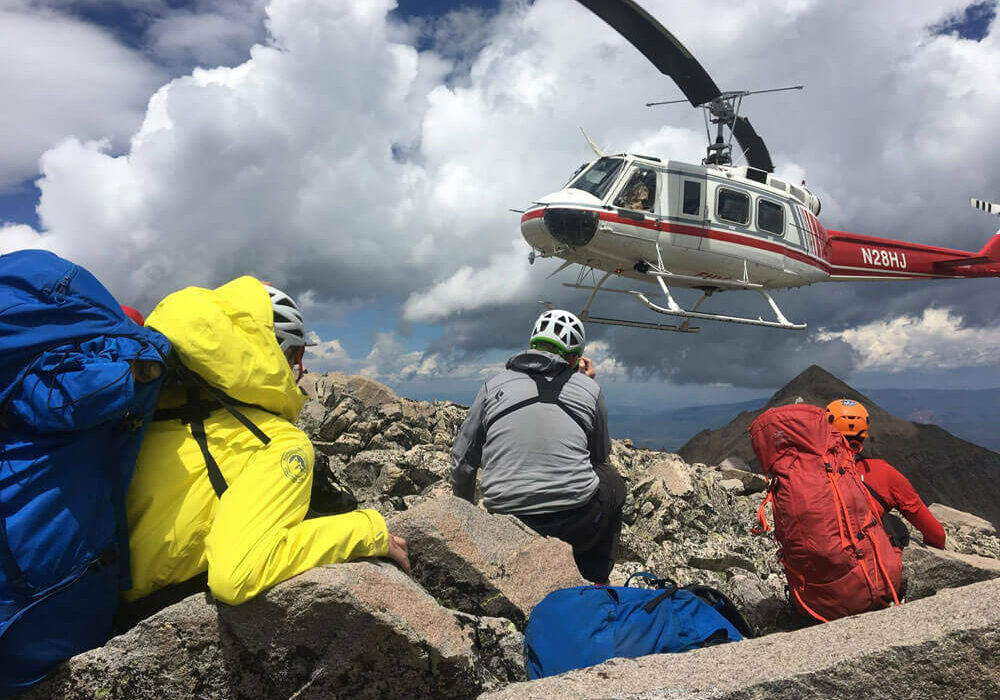
Equipment
With lighter gear and better clothing, team members can move faster into the backcountry. Often using helicopters when the need requires, team members are still solving problems with every mission. Every mission is quite different and requires a variety of strategies to accomplish the goal. Even the newest technology can only help so much when all that is needed are some strong backs and willingness to help.
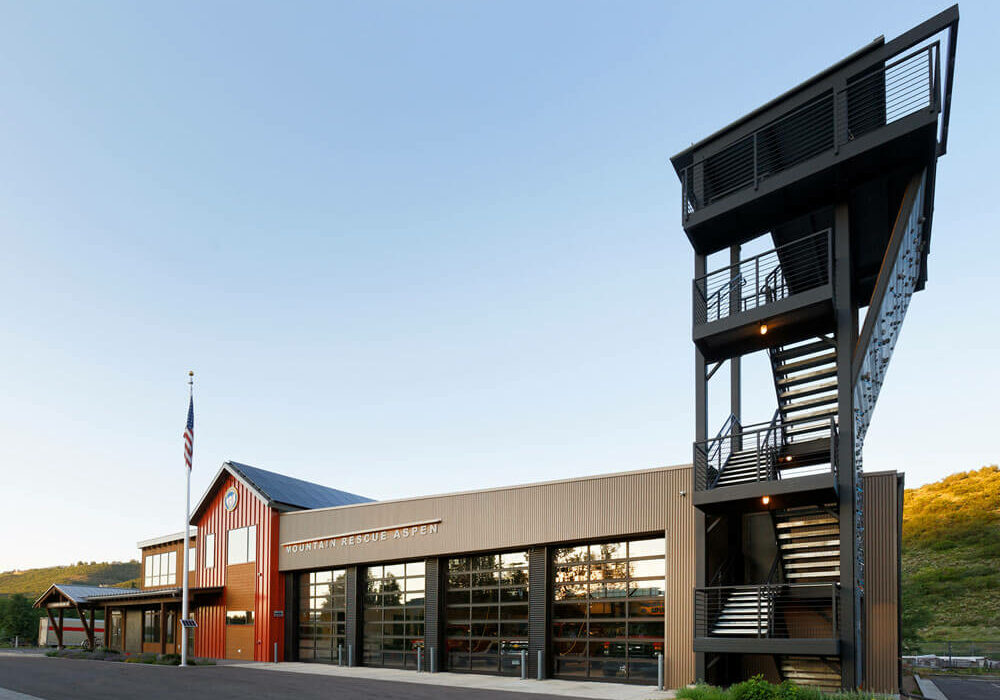
Our new building
allows us to operate much more efficiently. With all of our vehicles and gear now stored under one roof we can access anything we need for a rescue much faster. The new command room allows for several members to use the work stations to access all the information needed to complete the mission as quickly and efficiently as possible.
